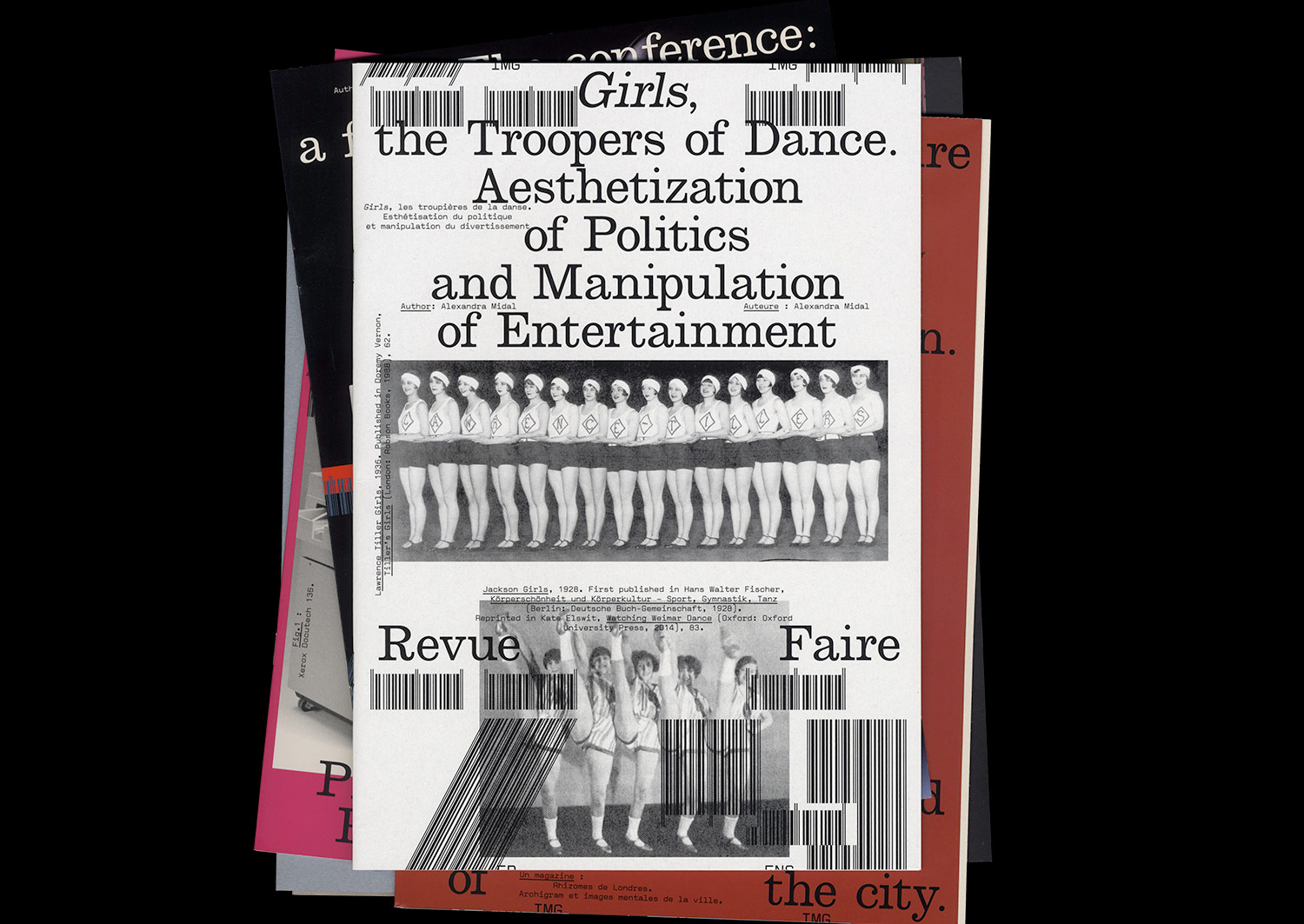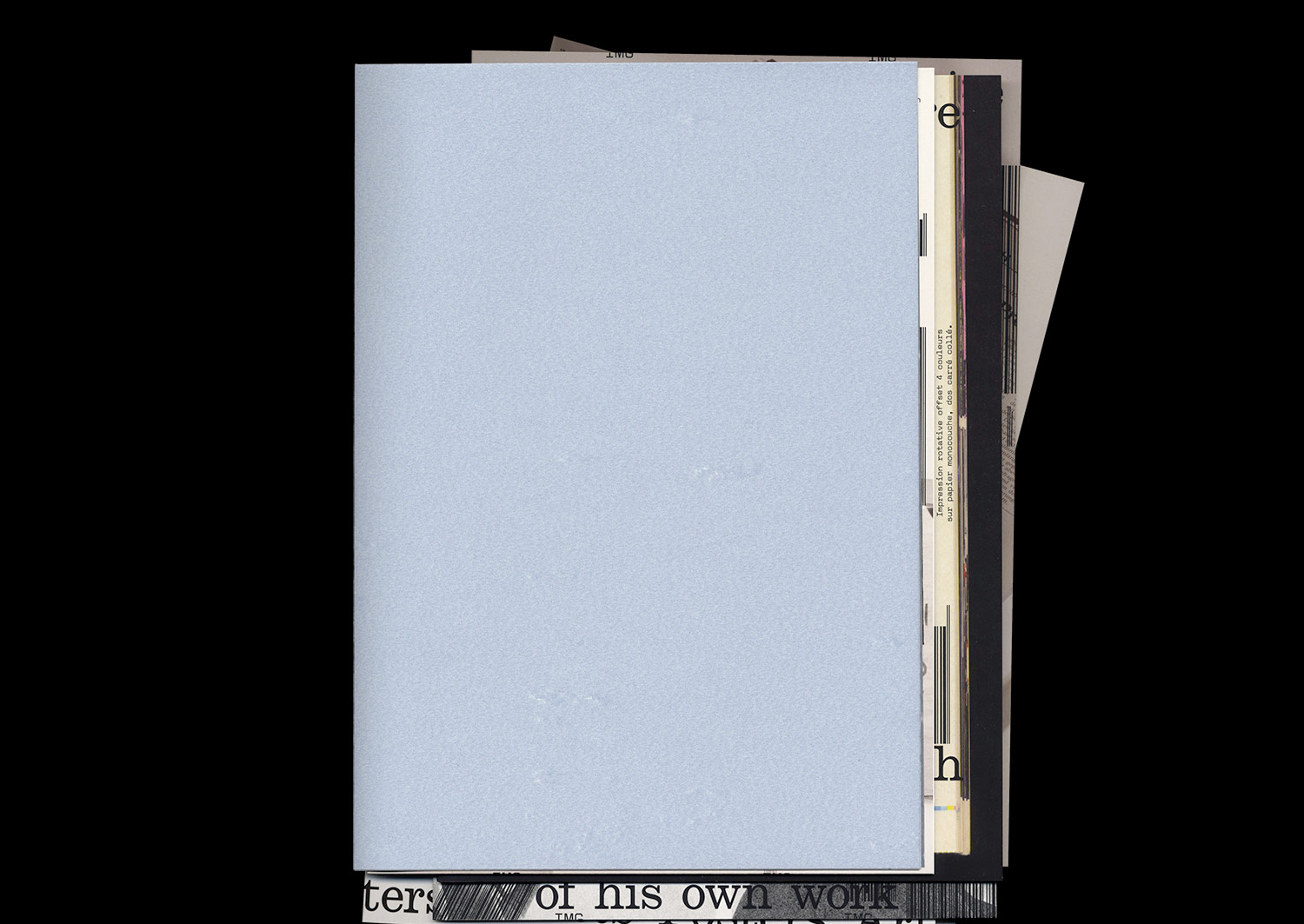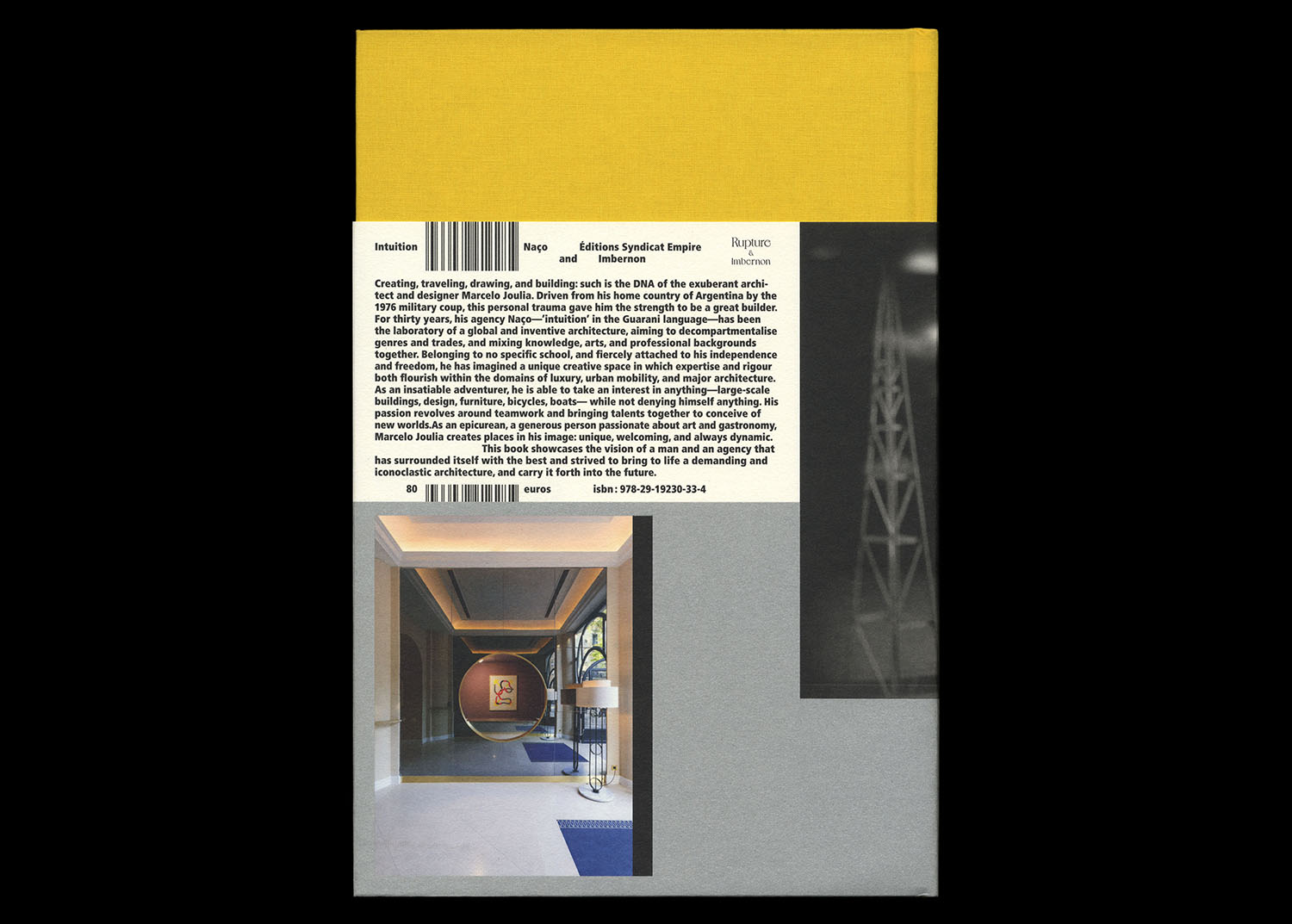Intuitions, Naço, Marcelo Joulia — Yellow cover, English Version
Related products
Revue Faire Special Issue: A debate: Jan Van Toorn / Wim Crouwel. Author: Thierry Chancogne














ISBN: 979-10-95991-29-8
64 pages
21 × 29,7 cm
English/French
CMYK + 1 PMS
Design: Syndicat
14 €
2022
ISBN: 979-10-95991-29-8
64 pages
21 × 29,7 cm
English/French
CMYK + 1 PMS
Design: Syndicat
14 €
2022
Our scene is set in the Museum Fodor in Amsterdam on November 9th, 1972. We are told that it was “smoky, noisy and crowded”, and that the gathered audience made its presence felt through “frequent shouting”. The center of this fevered arena hosted the encounter between two Graphic Designers, two graphistes, two typographers, Wim Crouwel and Jan Van Toorn, in a country where their voices carry, where their thinking is important. A meeting, a conversation, or rather a confrontation, a controversy, it has been described as a debate, one that characterizes the way in which our discipline was represented in the 1980s and that continues to echo today.
Revue Faire, Season 2, 2019-2021
















English/French
20 pages and sometimes more, 210 × 297 mm
CMYK or sometimes more, Saddle stitched binding
Design: Syndicat
7€ per issue or 90€ the subscription
English/French
20 pages and sometimes more, 210 × 297 mm
CMYK or sometimes more, Saddle stitched binding
Design: Syndicat
7€ per issue or 90€ the subscription
nº 16 — A reproduction: what El Lissitzkzy wants. Author: James Langdon
nº 17 — An acronym: ACAB. Authors: Ariane Bosshard, Jérôme Dupeyrat, Olivier Huz and Julie Martin
nº 18 — A studio visit: the studio of Ines Cox. Authors: Manon Bruet and Julia Andréone
nº 19 — A history: graphic designer-publishers. Author: Thierry Chancogne
nº 20 — • SPECIAL ISSUE • “Art posters”: The question of the “poster artist”. Authors: Thierry Chancogne, Jérôme Dupeyrat, Mathias Augustyniak
nº 21 — A ski resort: Pierre Faucheux and Les Arcs. From the space to the sign. Author: Catherine Guiral
nº 22 — An original: Laurent Benner’s catalogues for the most beautiful Swiss books. Authors: James Langdon & Andrian Samson
nº 23 — A portrait: The Matser approving of his own work. Author: Ziga Testen
nº 24 — A theater identity: The Schauspielhaus by Cornel Windlin. Authors: Étienne Hervy and Thierry Chancogne
nº 25 — Exhibition views: Jonathan Monk. Author: Remi Parcollet
nº 26 — Production process: Print on Demand. Author: Manon Bruet
nº 27 — Rhizomes of London: Archigram and mental images of the city. Sonia de Puineuf
nº 28 — The conference: a format. Authors: Manon Bruet, Area Of Work
nº 29 — Girls, the Troopers of Dance. Aestheticization of Politics and Manipulation of Entertainment. Author: Alexandra Midal
nº 30 — Types of types: the typographic specimen by Lineto. Author: Olivier Lebrun
Intuitions, Naço, Marcelo Joulia — Red cover, French Version






